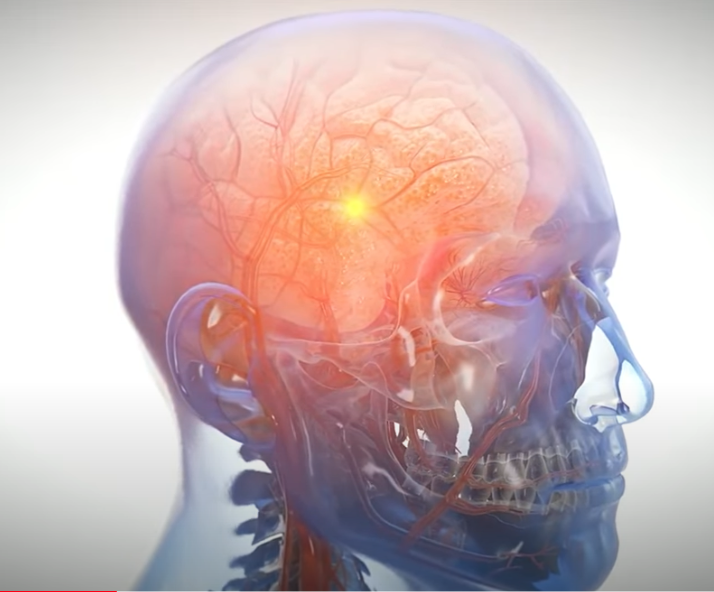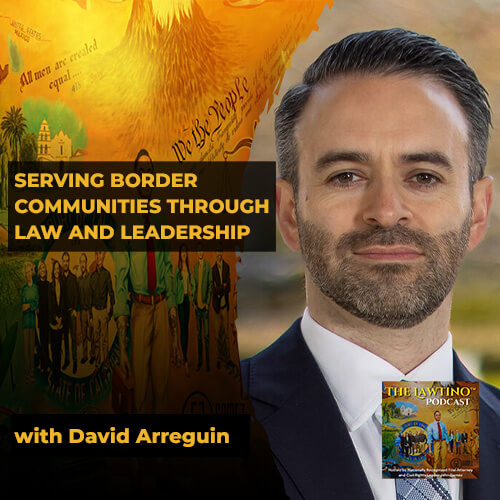
Fog often presents certain dangers to drivers, making it necessary to practice extra care when driving in foggy conditions. Even if fog appears light, it still often puts drivers and others at risk. To help keep themselves and other drivers and pedestrians safer on the road, it is essential for drivers to practice awareness and safety when driving in thin to heavy fog.
While fog does not typically last as long as other weather conditions, it remains one of the most dangerous because of its effects on people’s visibility. You need to know how fog affects driving, the steps to take for safe fog driving, and what to do after a driving accident in the fog.
How Does Fog Form?
Fog develops when water vapor condenses, producing water droplets and suspending them in the air. The result is a thin or thick layer of fog that appears at ground level.
Generally, five different types of fog can develop, depending on the specific conditions that cause it.
#1. Radiation Fog
This fog forms in the evening under clear skies and during calm winds. It develops when the earth’s surface radiates the heat it absorbed from the sun the previous day. If a thick layer of moist air develops near the ground, the humidity will reach 100 percent as the earth’s surface cools, causing the fog to form.
Radiation fog varies significantly in depth, ranging from three to 1,000 feet, and it tends to sit still. This fog is particularly dangerous for drivers and others because it reduces visibility almost entirely in extreme conditions.
#2. Advection Fog
Somewhat similar in appearance to radiation fog, advection fog results when warm moist air moves horizontally over a cold surface to produce condensation. For example, advection fog may develop when moist and warm air travels over a sheet of snow. Unlike radiation fog, this fog tends to move horizontally across the ground.
#3. Freezing Fog
Freezing fog forms when liquid water droplets contact a surface that freezes them. Subsequently, the freezing fog can coat other nearby objects in a sheet of ice.
#4. Evaporation/Mixed Fog
This fog results when evaporation adds water vapor to the air, combining with cooler and drier air. In the process, frontal or steam fog may form.
While steam fog develops as cold air travels over warm water, frontal fog forms as raindrops evaporate upon contact with a layer of drier and cooler air closer to the ground.
#5. Hail Fog
Following a heavy hailstorm, hail fog could form as ice pebbles contact warm, moist air near the ground. The fog then develops as the fallen hail gradually cools the air above the ground.
The Dangers of Fog Driving
Fog is one of the leading causes of weather-related crashes in the U.S., accounting for an annual average of 25,451 crashes over ten years, resulting in 8,902 injuries and 464 fatalities. The main reason fog is so dangerous is because of its effect on visibility due to the density of the air. Fog can make it incredibly difficult to see pedestrians, other vehicles, road signs, or property that might be only a few feet in front of you. As a result, your chances of getting into an accident in foggy conditions are much higher than when driving in clear weather.
Foggy conditions have also led to multi-car pile-ups involving as many as 100 or more vehicles. This is because drivers continue heading down the road and may not see vehicles stopped ahead until it is too late to brake. With so many cars involved, many drivers and others often sustain serious injuries or death in these types of accidents.
Fog driving specifically affects drivers’ vision in a few key ways, including:
- Reduced depth perception because of the fog’s thickness.
- Low contrast that makes it hard to discern between dark and light areas and objects on the road.
- The Mandelbaum Effect, which involves individuals visually fixating on objects that are closest to them, causing vision to stay at a minimal distance of three feet due to reduced visibility.
These dangers make it critical for drivers to practice safe driving in foggy conditions at all times.
Tips for Safe Fog Driving
To keep themselves and others safe on the road in foggy conditions, drivers can take certain steps to avoid accidents while driving through fog, regardless of its thickness.
#1. Drive Slowly
When fog is present, the first step drivers should take is to slow down. Depending on the fog’s thickness, drivers may not be able to see more than a few feet in front of them, preventing them from spotting other vehicles, pedestrians, or objects. Slowing down will give drivers more time to identify and avoid hitting anything in front of them.
If fog is particularly thick, the driver may need to pull over and wait for the conditions to subside.
#2. Pay Attention to the Road
Regardless of the conditions present, drivers should always pay full attention to the road. This is especially crucial when driving in foggy conditions that severely reduce visibility. Distracted driving can cause a driver to redirect their attention just long enough to cause an accident, which is far more likely if visibility is limited and drivers do not notice people or objects in front of them until it is too late. In addition to keeping a lookout for people and objects, drivers should look out for animals that may unexpectedly run into the path of their vehicle.
#3. Keep Headlights on Without Using High Beams
Many drivers mistakenly use high beams to increase visibility in thick fog when it is dark outside. However, this can produce a thick wall of light that blinds drivers, further reducing their visibility. Instead of high beams, use fog lights or low beams, which will maintain a consistent level of visibility while letting others know of your presence on the road.
#4. Maintain Sufficient Distance
Drivers should never tailgate others, as they can’t always stop on time if the driver ahead suddenly brakes. In reduced visibility, tailgating is even more dangerous. Subsequently, tailgating can cause pile-ups in many accidents involving fog.
To avoid colliding with other motorists ahead of them, drivers should consider going beyond the three-second rule when maintaining distance between vehicles, leaving enough room to stop if needed. Drivers should also be sure to check their mirrors for other vehicles and pedestrians frequently.
Who Is Responsible for a Fog Driving Accident?
Following a fog driving accident, the weather may appear to be the main culprit, but the reality is that drivers or other parties may be liable in these and other accidents resulting from inclement weather. With the exception of rare instances known as “acts of God” or “force majeure” events, normally drivers or others are typically responsible for weather-related accidents.
If an accident results from a particular unforeseeable weather event, the law may consider this a force majeure event. However, fog driving accidents do not meet the criteria for these events, as they are foreseeable events during which motorists consciously decide to drive. In accidents involving fog, one or more drivers are typically responsible or at least share fault.
Similar to other types of hazardous road conditions, motorists must practice safe driving habits in foggy conditions. Many vehicles even feature fog lights specifically to assist drivers in these conditions. If drivers fail to meet the expectations of motorists when driving in fog, they could cause accidents, which may lead to severe injuries and fatalities.
If a driver hits your vehicle when driving in the fog, the other driver may be liable. For example, the driver may have driven too fast and not considered the limited visibility. The driver may have also had their high beams on, reducing visibility and depth perception. These and other factors could make the other driver liable for the accident and any damages sustained because of their negligence.
Keep in mind that there is no precise speed indicated for driving in foggy conditions. Drivers must practice reasonable caution and react accordingly to certain adverse driving conditions, including fog. For instance, drivers should pull over to the side of the road if they cannot see in foggy driving conditions. Failure to take these and other reasonable steps may make them liable in an accident.
What Kinds of Damages Can I Recover From a Fog Driving Accident?
Following a fog driving accident, injury victims may recover certain types of compensation, including economic and non-economic damages.
Economic damages are easy to calculate and have a specific dollar amount attached to them.
These may include:
- Medical expenses, including past, current, and future bills
- Lost wages resulting from time missed from work to recover
- Lost earning capacity due to the inability to continue working
- Costs of rehabilitation and therapy
- Damage to property
Meanwhile, non-economic damages include those that are not as easy to quantify as they are not connected to costs.
Some examples of non-economic damages are:
- Pain and suffering
- Psychological anguish
- Loss of limbs
- Blindness
- Scarring
- Disfigurement
- Trauma
- Permanent disability
Some cases may also involve punitive damages if a driver was unusually negligent or intended to cause harm. Punitive damages set an example and prevent future incidents.
How Long Do I Have to File a Fog Driving Accident Claim?
Every type of accident comes with a specific window of time in which victims can file a claim or lawsuit, known as the statute of limitations. The statute of limitations will vary from state to state, but the statute of limitations is often within two years of the date of an accident. Following this period, victims may not recover compensation.
For individuals who were minors at the time of the accident or others who qualify for certain exceptions, extending the statute of limitations may be possible.
Although two or more years may seem like a long time to file a claim, car accident cases and the investigations around them can take as long as months, making it essential to begin seeking compensation and filing a claim as soon as possible. The sooner victims start the claims process, the sooner they can recover financially from the many costs associated with fog driving and other types of accidents.
When to Work With a Fog Driving Accident Lawyer
While many cases may not require the involvement of a fog driving accident attorney, it is often in an accident victims’ best interests to seek legal counsel from an attorney. A qualified lawyer can assist with negotiating with the other party and insurance companies, which can help secure the best settlement. Otherwise, insurance companies may attempt to get victims to settle for the lowest amount possible.
Additionally, the claims process is frequently confusing and drawn out, but an experienced attorney will efficiently guide victims through it. From gathering the appropriate documentation and evidence to negotiating settlements, a lawyer with experience in car accident cases can help handle the entire process.
Some cases may also go beyond the claims process, requiring the courts’ involvement in a trial. In these cases, a lawyer may be able to provide representation in court and handle a lawsuit in an attempt to seek the best possible outcome for victims.
A good car accident lawyer will offer a free consultation to victims that helps determine whether they have a viable case. If the attorney decides that a claim is valid, they can gather evidence to support it and initiate negotiations at no cost to the claimant until the attorney can reach an agreeable settlement.
Contact a qualified accident attorney today if you would like to discuss a potential fog driving accident case and seek compensation for your injuries or other damages.







